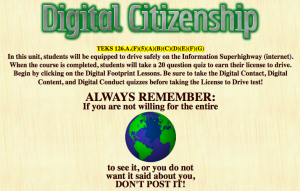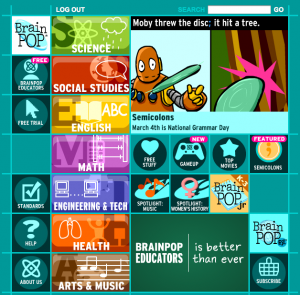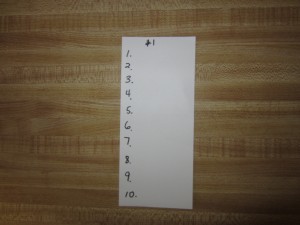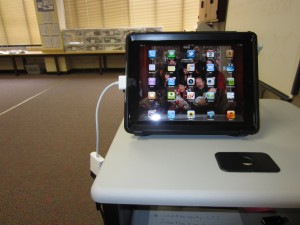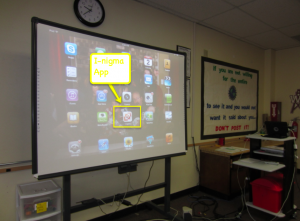“I realize the theme for this year at White Oak Intermediate School is WILD about Learning, but are you really going to begin each blog post with the word WILD,” you may ask. The short answer is, “Probably not.” But the title does sum up nicely the first week of school for my technology classes. Students were WILD about Edmodo. When I first logged in to my account, the immediate response from most of them was, “That looks like Facebook!” We talked about how the creators of Edmodo wanted to create a web tool that educators could use that would be familiar to students. We also talked about why Facebook is required to ask for your birth date before allowing you to have an account. COPPA (Children’s Online Privacy Protection Act) requires website operators to protect the privacy and restrict marketing to children under the age of 13. Edmodo is the perfect social networking site in that it does not collect personal information and does not market to its members.
Once students were logged in, they answered a poll question about having internet access at home and then replied to a post that asked what they most wanted to learn this year. You can see the responses by grade level to the poll question in the screen shots below:
FIFTH GRADE
FOURTH GRADE
THIRD GRADE
After receiving instructions on joining their classroom teacher’s group, they were anxious to begin connecting with one another using this tool. After several replies left under the questions I had left them, I realized they needed a group of their own where they would be free to chat in order to keep the WOLab page uncluttered for posts and assignments. I quickly created a 3rd, 4th, and 5th grade chat room where they spent the rest of the class period typing messages and replying to classmates. It was thrilling to hear comments like “This is so much fun!” and “I thought I was not going to like school this year.” In the next few weeks, I will be sending home with your child the instructions and code for creating a parent account. In this way, you will be able to log in to Edmodo and see your child’s activity on the site.
This week students will be introduced to the Digital Citizenship unit in Moodle. They will log in and see the unit is divided in three sections: digital contact (the ten things you never share online without your parents’ permission), digital content (that all that information on the web is not all good, it is not all true, and it is not all free), and digital conduct (if you are not willing for the entire world to see it…DON’T POST IT!) You can view the content of this unit by clicking on the image below, then clicking on Enhancements, Technology with Mrs. Peery, and logging in with the username: woteacher password: woteacher.



